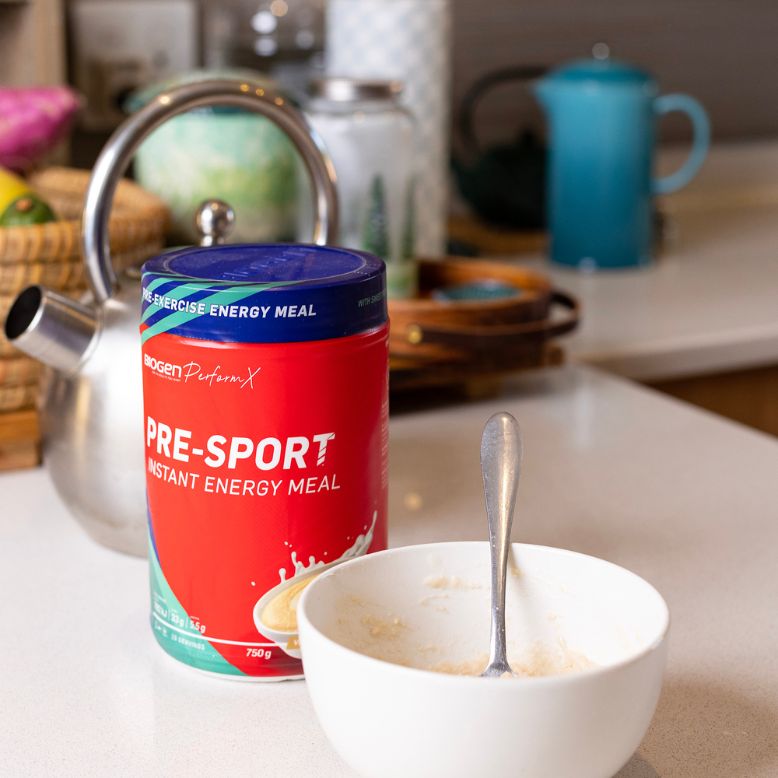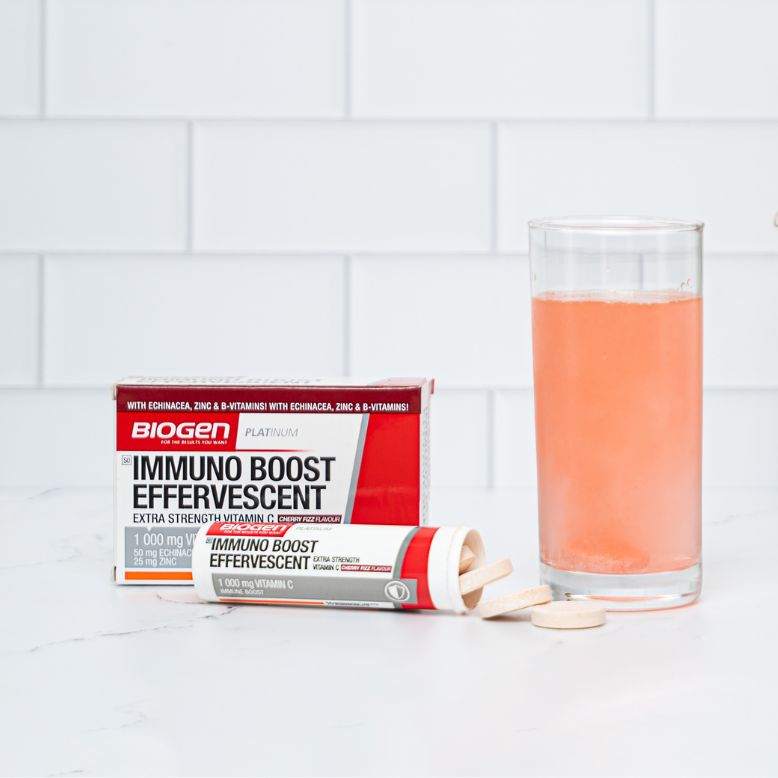
In order to optimise your training and performance levels, you need to understand the importance general nutritional information. After all, what you put in is what you get out. Nutritional plans should be based on what it is you are wanting to achieve. Eating not only the right foods, but also in the correct portion sizes are crucial to achieving your goals.
INTERESTING FACTS…
1 portion of Meat, chicken or fish is generally the size of the palm of your hand.
1 portion of carbohydrates is about the size of a clenched fist.
The calorie is a measurement of energy content in food. We need energy from food to live & carry out daily activities & when we eat more than required, the excess is stored in the body as fat. To stay slim & healthy we should balance the energy input with the energy output.
GLYCEMIC INDEX (GI)
A low GI food releases glucose slowly and steadily into the bloodstream without over stimulating the pancreas to produce too much insulin. A High GI food, on the other hand, causes a sudden, large increase in blood glucose, resulting in hyperglycaemia. The table below indicates the GI levels of a variety of common foods as well as the Glycemic loads of these foods. (Note: GI of Glucose = 100)
GLYCEMIC LOAD (GL)
The glycemic load (GL) is a ranking system for carbohydrate content in food portions based on their glycemic index (GI) and the portion size. The usefulness of glycemic load is based on the idea that a high glycemic index food consumed in small quantities would give the same effect as larger quantities of a low glycemic index food on blood sugar.
For example, white rice is somewhat high GI, so eating 50g of white rice at one sitting would give a particular glucose curve in the blood, while 25g would give the same curve but half the height. Since the peak height is probably the most important parameter, multiplying the amount of carbohydrates in a food serving by the glycemic index gives an idea of how much effect an actual portion of food has on blood sugar level.
Glycemic load for a single serving of a food can be calculated as the quantity (in grams) of its carbohydrate content, multiplied by its GI, and divided by 100.
For example, a 100g slice serving of watermelon with a GI of 72 and a carbohydrate content of 5g (it contains a lot of water) makes the calculation 5×0.72=3.6, so the GL is 3.6. A food with a GI of 100 and a carbohydrate content of 10g has a GL of 10 (10×1=10), while a food with 100g carbohydrate and a GI of just 10 also has a GL of 10 (100×0.1=10).










